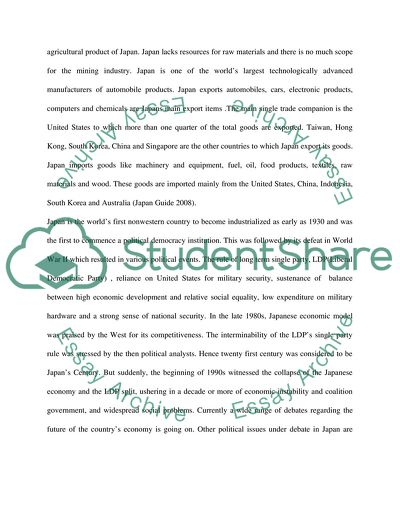Cite this document
(“Literature review on Japan Essay Example | Topics and Well Written Essays - 1500 words”, n.d.)
Retrieved from https://studentshare.org/geography/1547930-literature-review-on-japan
Retrieved from https://studentshare.org/geography/1547930-literature-review-on-japan
(Literature Review on Japan Essay Example | Topics and Well Written Essays - 1500 Words)
https://studentshare.org/geography/1547930-literature-review-on-japan.
https://studentshare.org/geography/1547930-literature-review-on-japan.
“Literature Review on Japan Essay Example | Topics and Well Written Essays - 1500 Words”, n.d. https://studentshare.org/geography/1547930-literature-review-on-japan.


